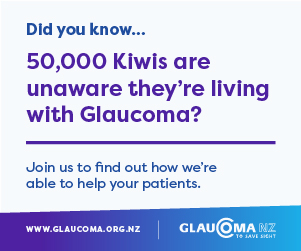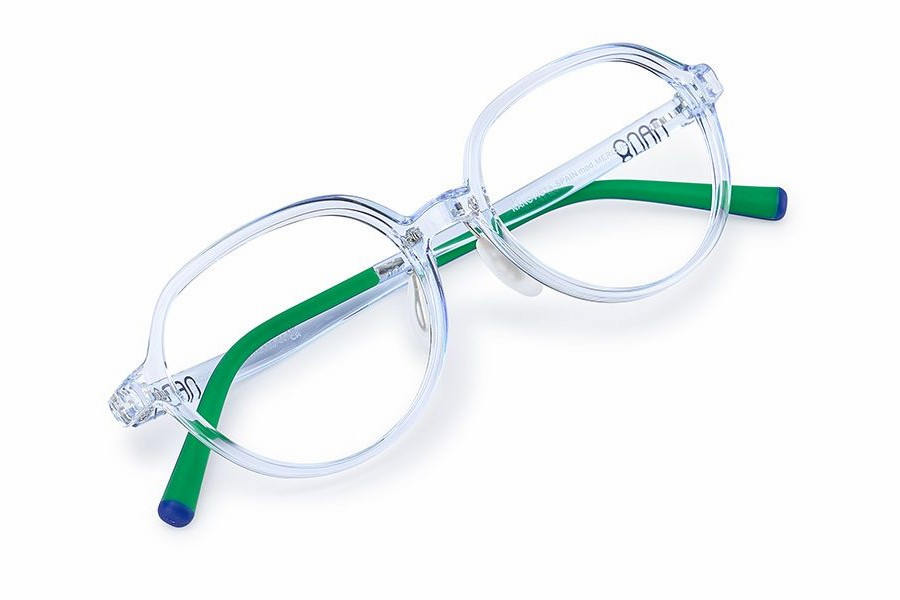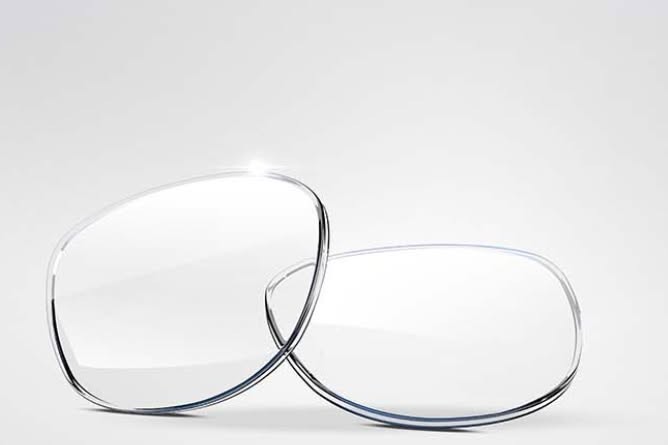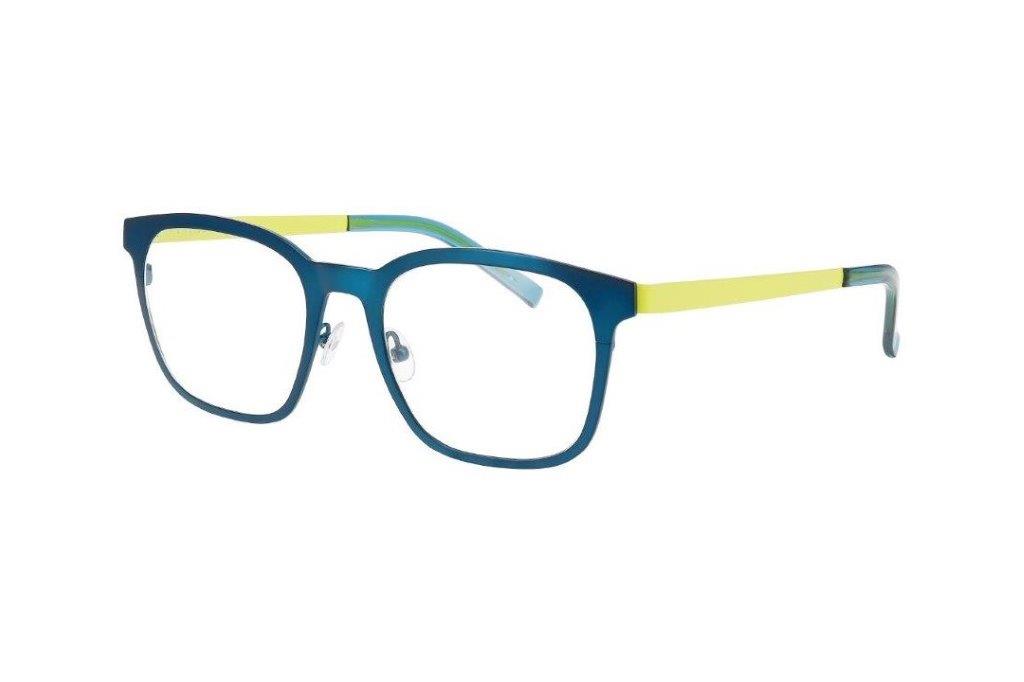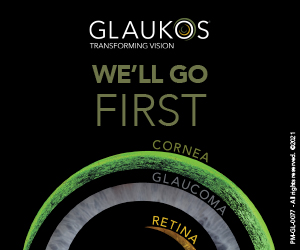Soft toric CL insights for practitioners
Left uncorrected, astigmatism can lead to reduced visual acuity, visual fatigue, poor overall vision quality and contact lens (CL) dropout, according to the Centre for Ocular Research & Education’s (CORE’s) latest research published in issue 78 of Contact Lens Update.
The benefits of prescribing toric soft CLs for low to moderate astigmatism are important considerations given that 45% of patients have 0.75D or more of refractive astigmatism and 35% have 1.00D or more, said Daddi Fadel, a clinical scientist at CORE. “The inability to tolerate the visual disturbances caused by residual astigmatism is a major reason why many patients abandon soft contact lenses. When assessing the cost-effectiveness of soft toric lenses compared to spherical ones in astigmatic individuals, practitioners should note that toric lenses provide significant advantages, often surpassing wearers' expectations, despite the increased cost. Prescribing toric soft contact lenses for low and moderate astigmatism should become a standard practice.”
The accompanying editorial, by Professor Philip Morgan, head of optometry and director of Eurolens Research at the University of Manchester, highlights evidence indicating some patients who could benefit from toric soft CLs are not receiving appropriate fitting. Prof Morgan also debunks perceived barriers, including poor visual performance, reduced comfort, increased cost and chair time.
Other contributors include Dr Melissa Barnett, director of optometry at the University of California, who discusses the issues about paying for soft toric lenses versus spherical CLs in individuals with astigmatism, while Doerte Luensmann, a senior clinical scientist at CORE, presents a case report illustrating the ineffectiveness of spherical lenses in correcting corneal astigmatism.







